
In the Fujichrome world, Provia is supposed to be the more neutral slide film compared to Velvia. I wasn’t a huge fan of Velvia 100, so let’s see how this Provia 100F worked out for me.
Processing (E-6) and scanning was done at urbanfilmlab in Germany. The pictures you see in this article are from one roll.
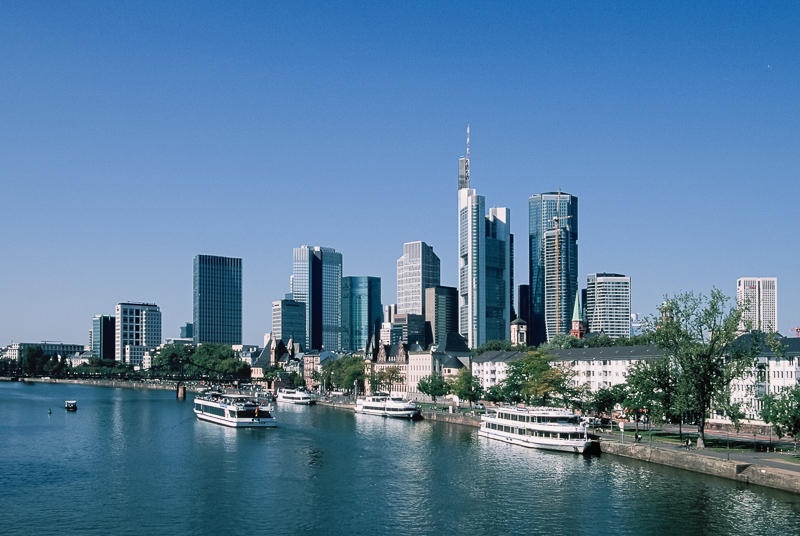
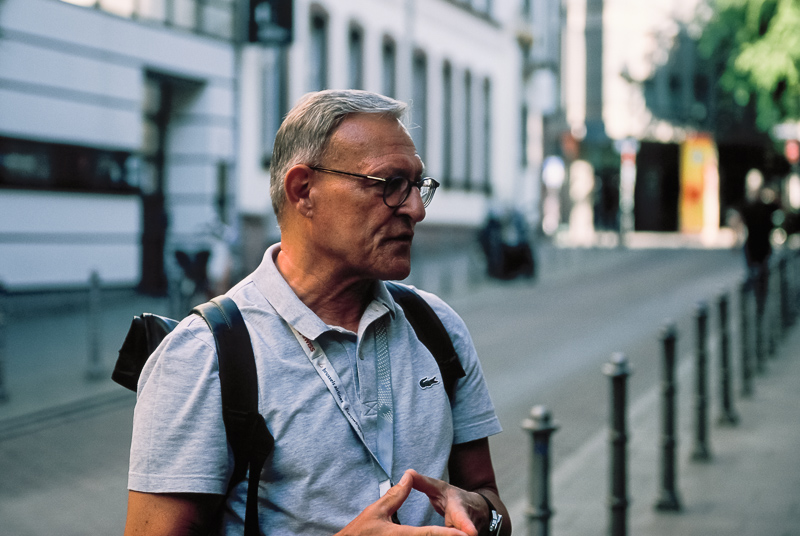
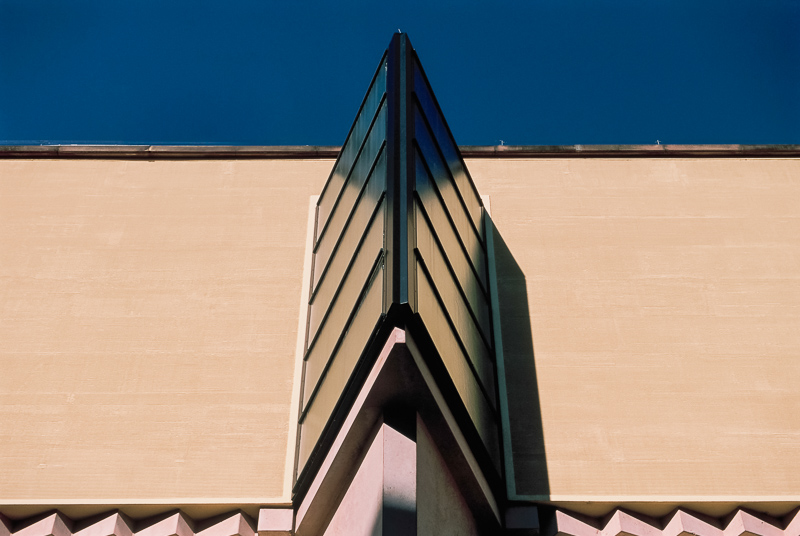
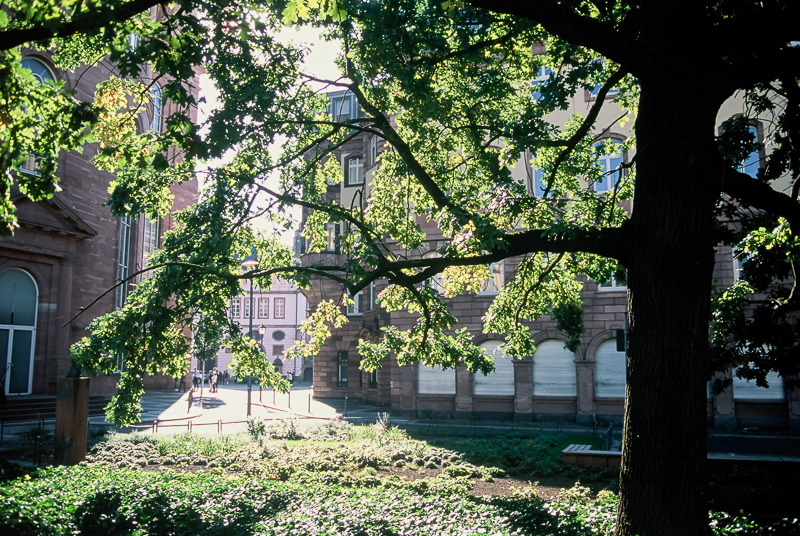
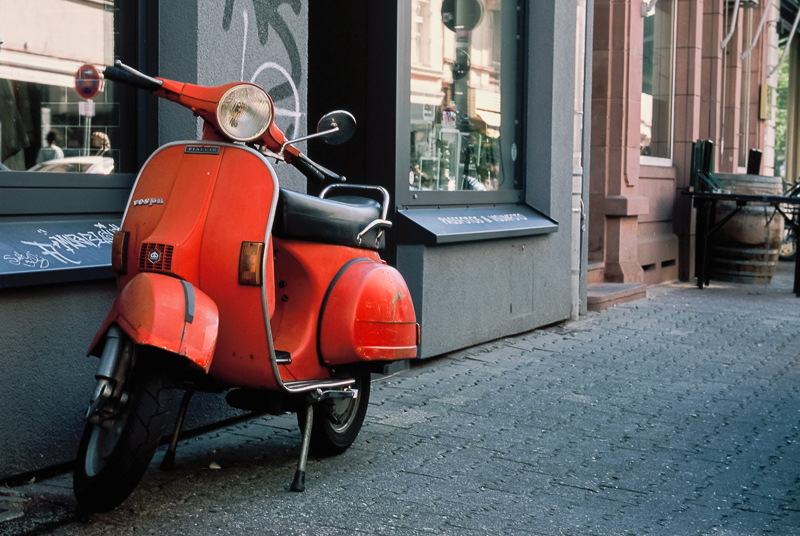

What I didn’t like about the Fujichrome Velvia 100 was the limited dynamic range and luckily here this Provia 100F shows a better performance going by the following pictures:
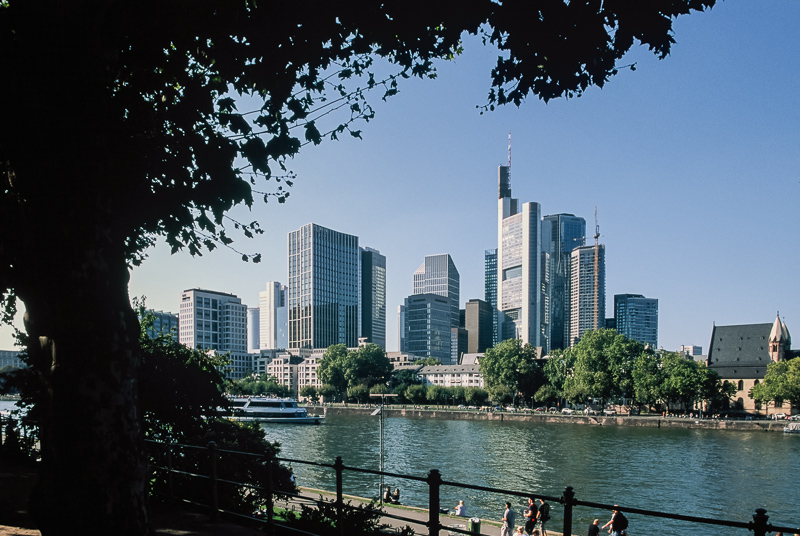
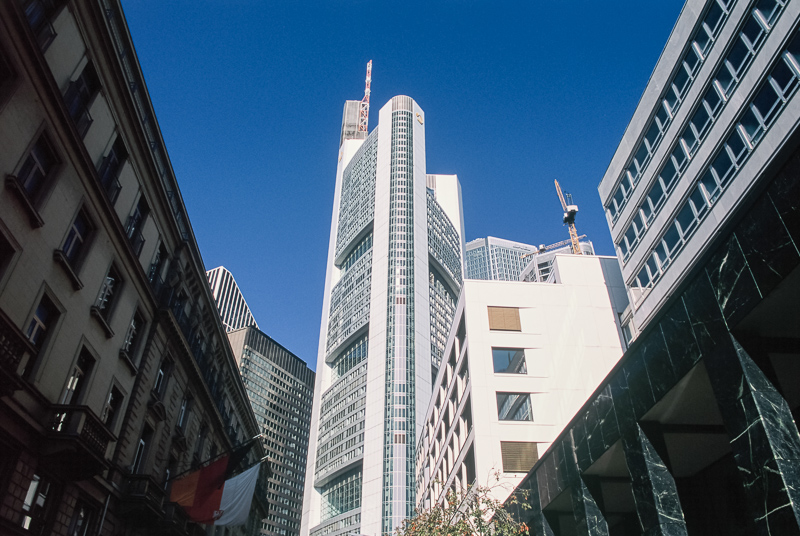
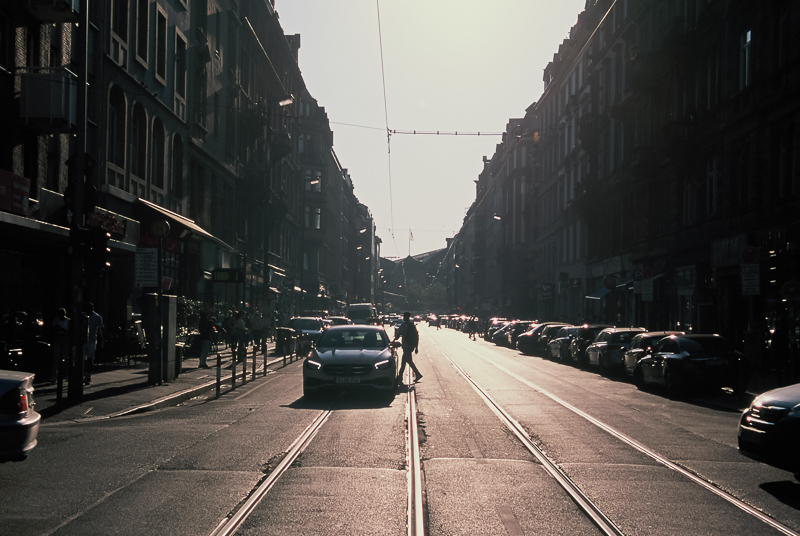

However, I still think the dynamic range of the Ektachrome 100 is better. And when it comes to colors, the same is true as well: I like it more than the Velvia 100 and less than Ektachrome 100, as it is a bit cooler. This might make this Provia 100F a better choice for artifical light though.
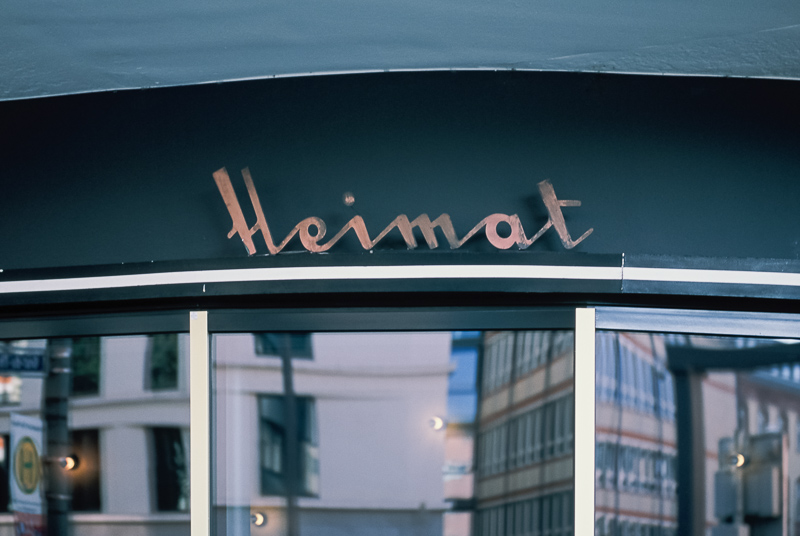
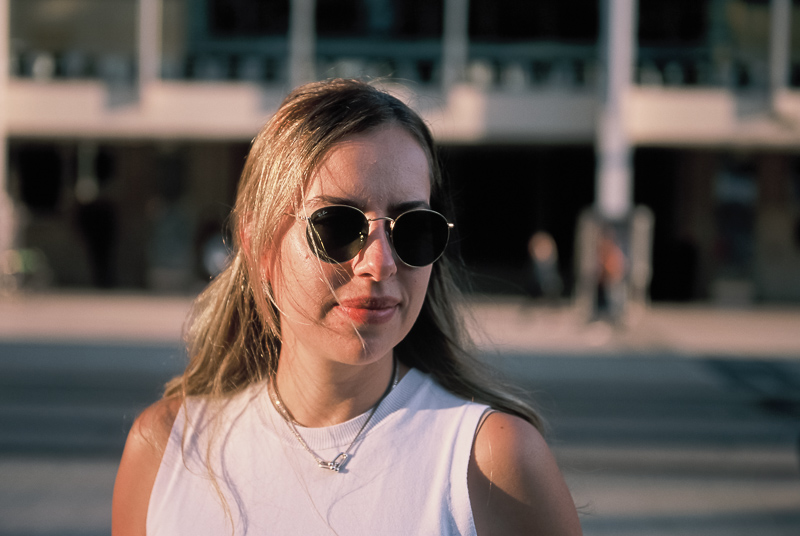
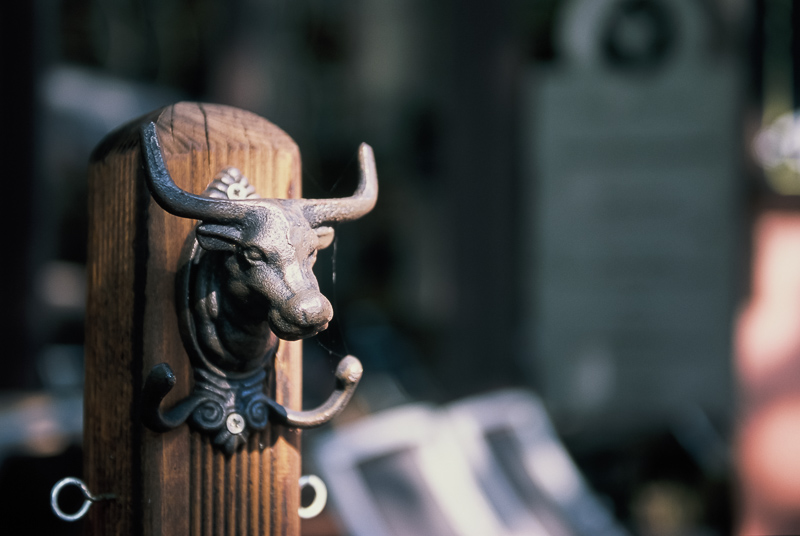
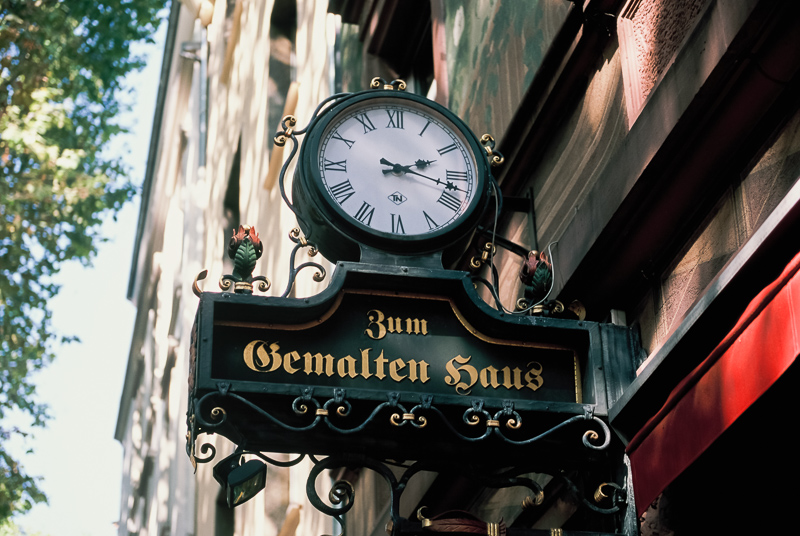

Further Reading
Support Us
Did you find this article useful or just liked reading it? Treat us to a coffee or a roll of film!
![]()
![]()
![]() via Paypal
via Paypal
Latest posts by BastianK (see all)
- Review: Nikon 50mm 1.8 Series E - November 12, 2025
- Review: Nikon AF-S 28mm 1.4 E - November 5, 2025
- Review: Sigma 135mm 1.4 Art DG – The actual Bokeh Master - October 25, 2025
Nice! This was my favourite filme and I used to shoot it with Contax Zeiss lenses.I was pretty happy with colors it could deliver.
Do you have a slide projector too? Projecting slides is a totally different experience which I miss…
No I don’t, at least yet 🙂
Second hand slide projectors are cheap…, and you can use the lens (100mm) with a helicoil and M42 adapter, as most are Cooke Triplets with soap bubble bokeh, but you have to like it.
About this film, I find the greens and reds a bit strange, but perhaps that also is a vintage look that can be appreciated by some.
Can you tell what a film plus digitalisation cost.
With Slide Film usually around 30€ per roll.
Around 2004 I tried some Velvia 100F (which cost 8 Euro in those days, 3 Euro processing), did not like it so much compared to the Velvia 50. I used a lot of Velvia 50 films since 1990. And also Kodachrome 25 with a total different character was my other favorite for macro and landscapes , They stopped processing those after 2003). For astro, because of the red sensitivity Ektachrome Elite II 100 / 200 were my favorites and before 1988 Fujichrome R 100, the RD 100 was a good film but lacked the red sensitivity.
Afer 23 years of using film, I stopped in 2008 using slidefilm after the arrival of the D700, nowadays sometimes black and white.
Before digital, I used to shoot mostly slides (E100 and Elite 100), but I have to admit that today I only shoot black and white film when I’m not shooting digital.
There’s the cost aspect, of course, and the need to outsource development, but I somehow associate slides with vibrant, true-to-life colours, low grain… things that are much easier to achieve in digital.
Shooting black and white film allows me to take an alternative approach: shooting with an antique camera and guessing the exposure, developing the film myself without being too obsessed with timing and temperature.
I tried Fuji Provia 100 last summer, and I found the colors not too cold, but more neutral than the Velvia 100. I think Provia is perfect for portrait and fashion photography, sharp, low grain and high resolution. But I also enjoyed it for some nature photography.
At the end it depends a lot on the scanning.
Anyway – it is difficult to get any Fuji slide films today, and if so – it is quite expensive.
Yes, Provia is very versatile. It very much depends on the scanning and how far one takes contrast adjustments. If done optimally, Provia can almost look like digital if done right. It’s a lot of work. Unfortunately, most of my Provia 100F is expired. Still fine for general photography – hobby work, but to get the best shadow response, expired film is not the best option. The good old days of film.
Very nice photos. I want to politely and kindly say that the contrast is a little bit soft. In my eyes, Provia renders the scene “as it was then”, the light as it really was. And because of this impression of the light as it was “then”, the shadows will need to land where they wan to; this will lead to the impression of very dark, low dynamic range shadows. It is what it is. To overcome these issues, I try to shoot Provia with fully lit subjects, and avoid extended shadows if possible. It is a beautiful film. Velvia and Provia are my favourite. Thanks for sharing your beautiful work.